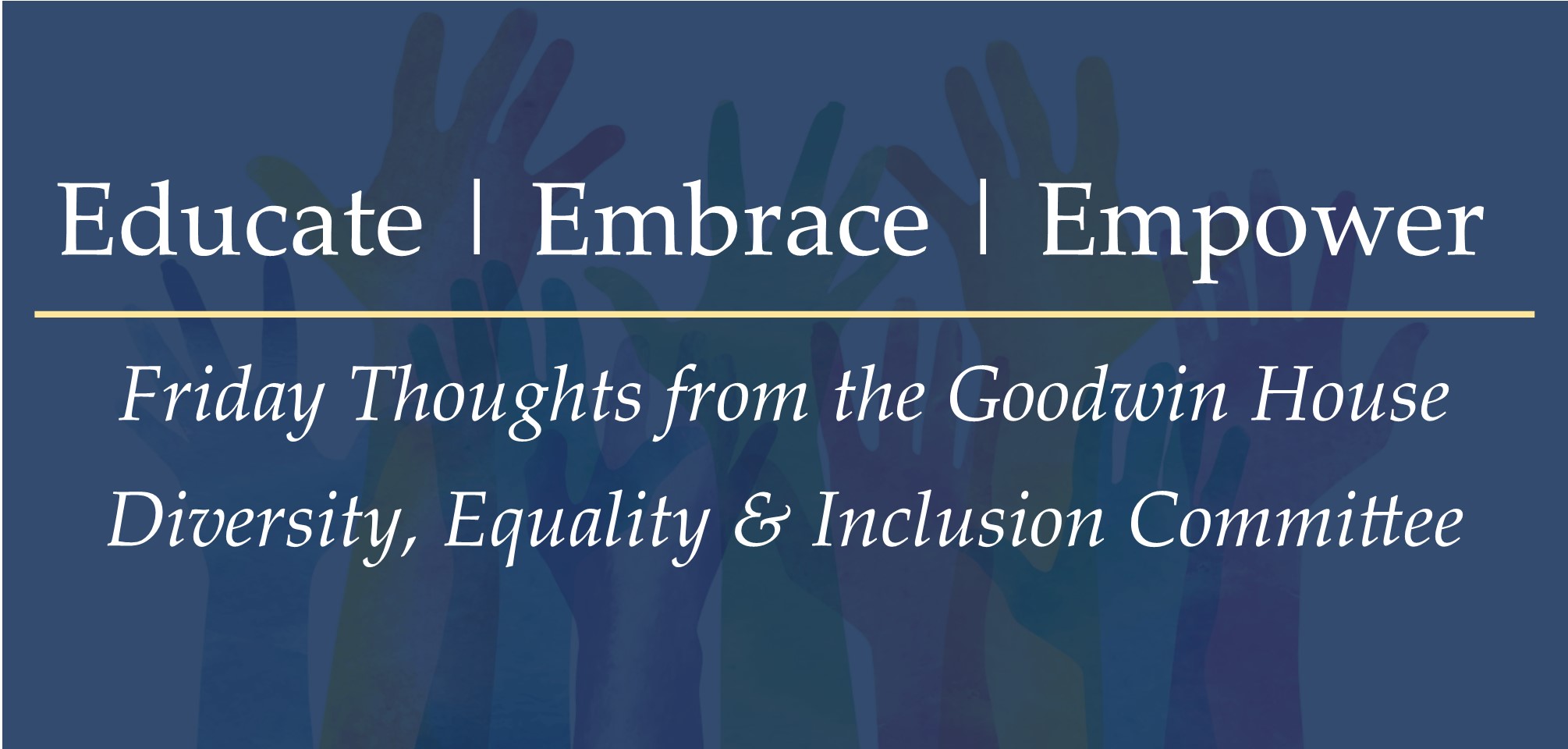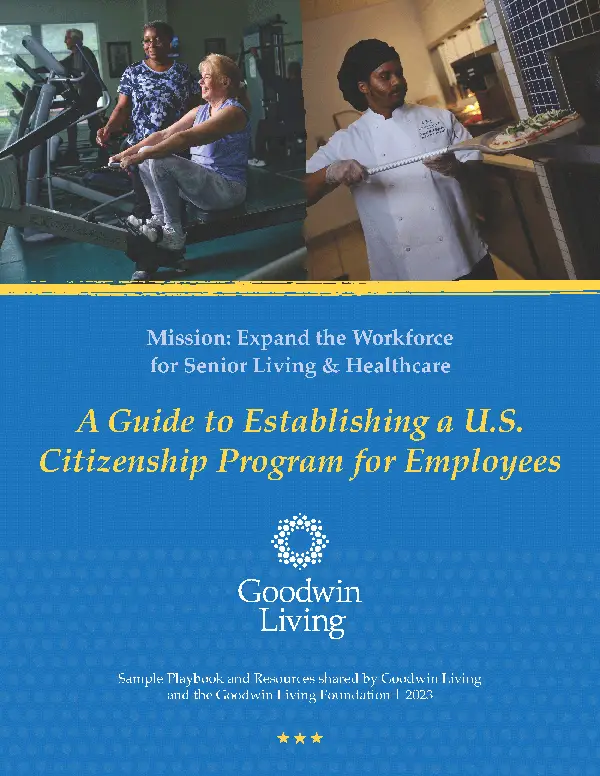
Diversity Equity Inclusion & Belonging - September 10, 2021
by Rabbi Gail Fisher
Most of us have a path that we want to walk down through life, a path from which we would rather not stray too far or for too long. We have reached a point in our lives when we know who we are and how we want to behave. However, we are human. Sometimes we wander off our path to pick a flower and then have to find our way back to our path again. In our lives, we might wake up not feeling very well and snap at a concerned child who has said the same thing one time too often. We might say something to a long-time friend that replays itself in our minds as we walk away. We might feel impatient and cut ahead of somebody in line or flag down that wait staff who seems to be taking forever to come back to our table at dinner.
There is the life you want to be living and the life that you that you stumble into.
We are human. We do or say things that we are not proud of, that we regret, that we wish we could call back. We fall short of our objectives. We become impatient with what appear to be too-frequent lapses in that same area month after month, year after year.
The Jewish religion provides a highly detailed mechanism for going through a process that ends with returning to the path we really want to be on. This mechanism is a 40-day period that begins in the late summer and continues into the fall, culminating in Yom Kippur, the Day of Atonement, during which the Jewish people are supposed to do a serious cheshbon hanefesh (literally “accounting of the soul”, an unflinching self-assessment), followed by a detailed teshuvah process (the word is usually translated as “repentance” but literally means “return”, a return to the path on which we know we should be treading). Note the word for “sin” in Hebrew is cheyt, which literally means “falling short of the mark” and in fact is used as such in archery. Cheyt is a very humane way of looking at our shortcomings, rather than bleakly and hopelessly labeling them as ‘sin’.
The season unfolds as follows: First comes the 30-day Hebrew month of Elul. You start assessing your past year, your behavior and inclinations. Prayers of atonement are read every day, as is Psalm 27 (in which being beset by enemies is transformed into anticipation of being rescued by God). The shofar (ram’s horn) is blown. The sound of the shofar is loud and demanding of your attention, and it causes you to focus. The Saturday night before Rosh Hashanah (with some adjustments for special cases), toward the end of Elul, is called “Selichot” (forgiveness). It includes many of the confessional prayers and melodies of the High Holy Days, preparing people for the heightened period just ahead. The shofar is blown and these increased prayers of penitence continue through the last days of the month of Elul.
Tishrei is the month that follows Elul and the first month of the Jewish new year. The first day of Tishrei is Rosh Hashanah. This year brings us to the year 5782 (since the creation of Adam, the first man). Rosh Hashanah is celebrated with shofar blasts (traditionally it is blown 100 times on this holiday) and many more prayers of atonement and supplication.
Family and friends get together for holiday meals that kick off the most intense portion of this season, the 10 Days of Penitence. This period culminates in Yom Kippur, the tenth day of Tishrei.
Yom Kippur is the culminating day of this introspective period. It is the Day of Atonement, and we pray all day long, asking for forgiveness and rekindling our connection to our community and to God. The final service, just before sunset, refers to the closing of the gates – the gates of repentance. The gates are actually open all year and anyone can and should repent any time they deem it necessary.
We are also commanded not to indulge in any pleasures of the body – no eating or drinking, no bathing, no wearing of perfume or makeup, no sexual behavior – so that we can focus more completely on our souls without being distracted by the body.
The notion of the scapegoat originates in the set of commandments around Yom Kippur. People would symbolically load up a chosen goat with all the sins of the community and ceremonially send it away into the wilderness.
Of this entire 40-day period, only Yom Kippur is commanded specifically and by name in the Bible. Rosh Hashanah is simply noted as the first of the year, the day of remembrance and the day of blowing the shofar, but it is not mentioned by name and no restrictions or description of its holy nature are given.
Yom Kippur (the Day of Atonement), on the other hand, is described in elaborate detail in the Bible. The High Priest, Aaron at that point, prepared himself for three days, atoning for his own sins and for those of his family so that he could represent all of the Children of Israel without blemishing them by his own personal imperfections.
To this day, many clergy feel the same. “Who am I to lead a whole congregation back to the path,” we ask ourselves, “back to serving God and fulfilling God’s will? I am as prone to error as anybody else. I have many failings of my own.” There is even a prayer that the clergy reads at the beginning of the holiday, coming before God in all humility to ask that this community be taken seriously, that they be forgiven, that their sins do not hold back any forgiveness that God would otherwise grant to the entire congregation.
One thing we are told very definitively is that Yom Kippur atones only for those sins between a person and God. For the wrongs that one person does to another, Yom Kippur does not atone until that person has gone through an interpersonal repentance process, which consists of recognizing the wrong that you have done, apologizing directly to the person you have wronged, making it right to the extent possible (replacing the item that you broke, for instance), and then – most important of all – you refrain from doing it again because you have now repented and truly changed your ways. Only after you have made things whole with the other person will God forgive you on Yom Kippur.
And now, with a light heart and a sense of having regained your footing on the path, you go off with family or friends to break the fast and celebrate the conclusion of this sacred season!
_______________________
Rabbi Gail Fisher is a member of the Washington Board of Rabbis, Union of Jewish Universalist Clergy. As a volunteer, she regularly leads services at Goodwin House Alexandria.
About the Diversity, Equality and Inclusion (DEI) Committee: We are a group of staff and residents who together serve a mission to educate, embrace and empower a workplace of diversity, equality and inclusion. Our vision is to seek open and honest communication and collaboration that will inform and celebrate the cultural, ethnic and sexual orientation of all members of our staff without bias.
Questions or comments? Please contact us dei@goodwinliving.org.
